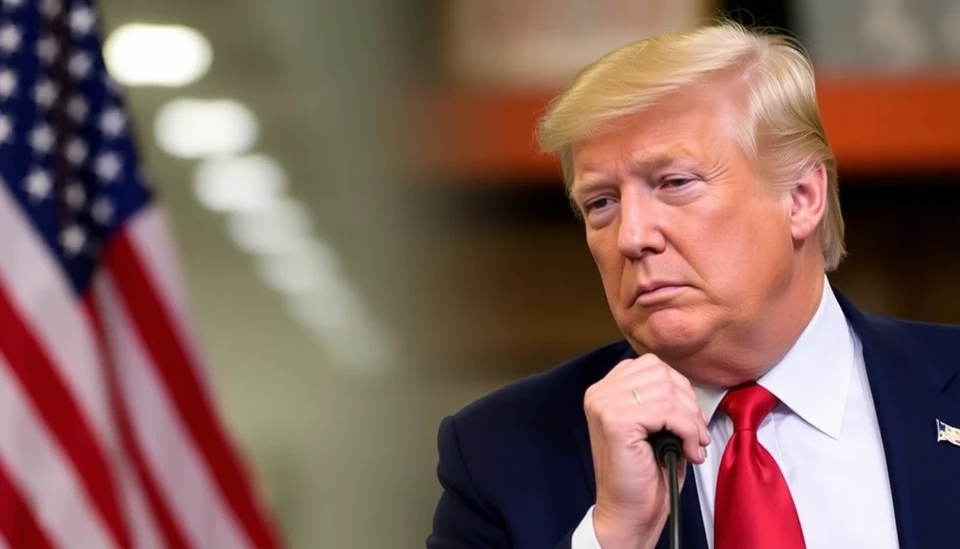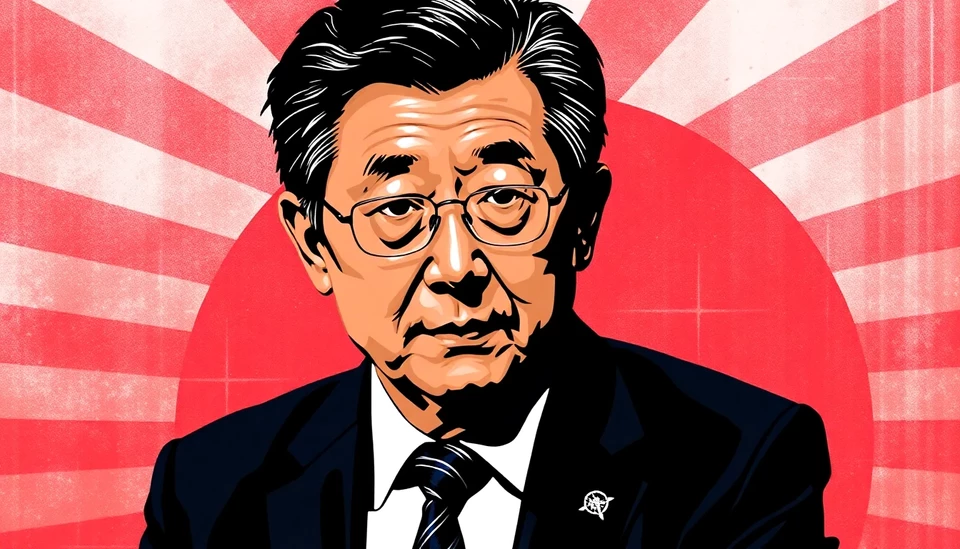
In a bold move that reshaped global trade dynamics, former President Donald Trump implemented tariffs on numerous goods imported from Asia, which had significant implications for economies across the region. The tariffs, widely seen as a strategic tactic to counter perceived trade imbalances, aimed at addressing longstanding grievances related to trade with key Asian nations, particularly China.
The rationale behind targeting Asia, especially China, stemmed from accusations of unfair trade practices and intellectual property theft. The Trump administration argued that Chinese policies were detrimental to American businesses, leading to substantial trade deficits and a decline in U.S. manufacturing. As a result, tariffs were imposed to compel Asian countries to renegotiate trade agreements and create a more equitable trading environment.
These tariffs primarily affected a wide range of goods, including electronics, machinery, and consumer products, sending ripples through global supply chains. This decision sparked immediate reactions from affected nations, many of which retaliated with their own tariffs on American exports, further escalating tensions in international trade relations. The trade war created uncertainty for businesses and consumers alike, causing fluctuations in market prices and altering consumption patterns.
The repercussions of these tariffs were felt deeply within markets across Asia. Countries that heavily relied on exports to the U.S. faced economic challenges, forcing governments to seek alternative markets and foster new trade partnerships. For instance, nations like Vietnam and South Korea sought to position themselves as favorable alternatives for U.S. companies seeking to diversify their supply chains away from China. This shift illustrated the pragmatic responses of Asian economies in adapting to changing trade landscapes.
Beyond immediate economic impacts, the tariffs sparked broader implications for international relations in the Asia-Pacific region. Countries began to reassess their alliances and trade strategies, leading to a significant reconfiguration of economic partnerships. The tensions also ignited discussions about self-sufficiency and the importance of domestic manufacturing, as countries sought to reduce reliance on imports from the U.S. and China.
As the global economic landscape continues to evolve, the consequences of Trump's tariffs on Asia will resonate for years to come. The initial strategies to protect American industries have set into motion a series of events that could redefine trade corridors and reshape economic policies across Asia.
The Asian countries are now left to navigate a complex trade environment where competition and cooperation coexist. Their adaptability and resilience will play crucial roles as they respond to the lingering effects of tariffs and seek new growth opportunities in the evolving global market.
In conclusion, Trump's tariffs marked a pivotal moment in the relationship between the U.S. and Asia, highlighting the intricate balance of global trade dynamics. As nations continue to reevaluate their stances and strategies in a post-tariff world, the lasting changes brought on by this trade conflict will undoubtedly shape the future of international commerce.
#TrumpTariffs #AsiaTrade #GlobalEconomy #TradeWar #ChinaUSRelations #ExportStrategies #EconomicImpact #SupplyChain #InternationalRelations
Author: Daniel Foster




